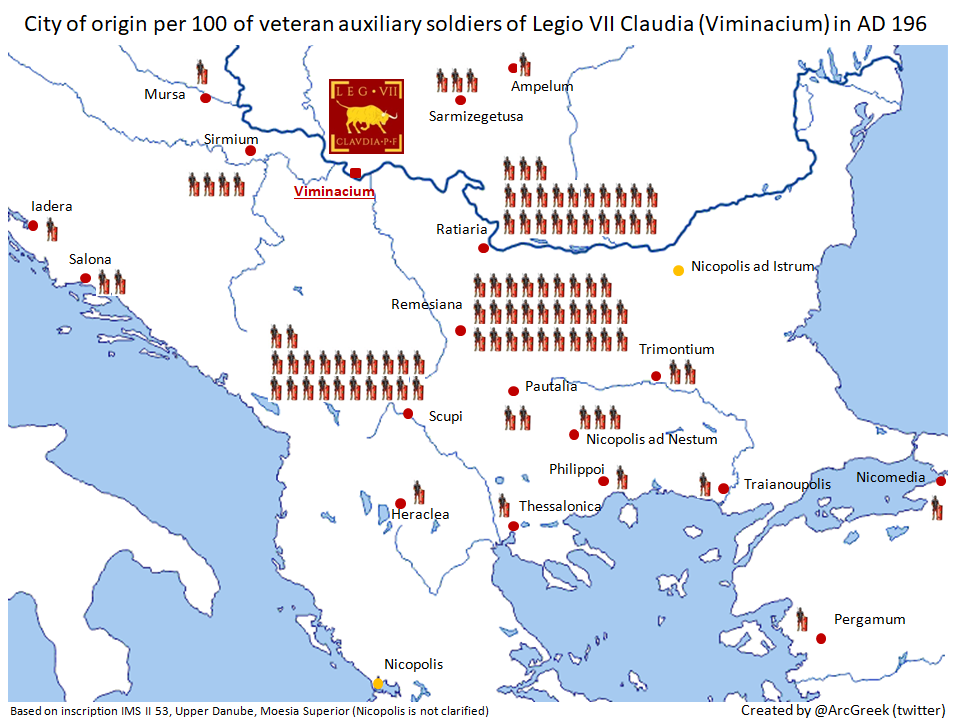Hawk
Regular Member
- Messages
- 2,284
- Reaction score
- 1,115
- Points
- 113
- Y-DNA haplogroup
- E-V13
I don't think E-V13 is essentially Arvanite. I never said so.
Arvanites from Methoni and Coroni left for South Italy. They were around 3000-4000.
Many or probably most Arvanites were brought by Byzantines:
“Ten thousand Illyrians, i.e. Albanians, were given residence in the Peloponnese by Theodor Palaeologus, and these ten thousand men brought their women and children, their possessions and animals with them.”
Theotokopoulos can find out if he does a deep-clade testing, but most of it i would expect to come via Danubian-Aegean migration during the Late Bronze Age and Early Iron Age transition.







